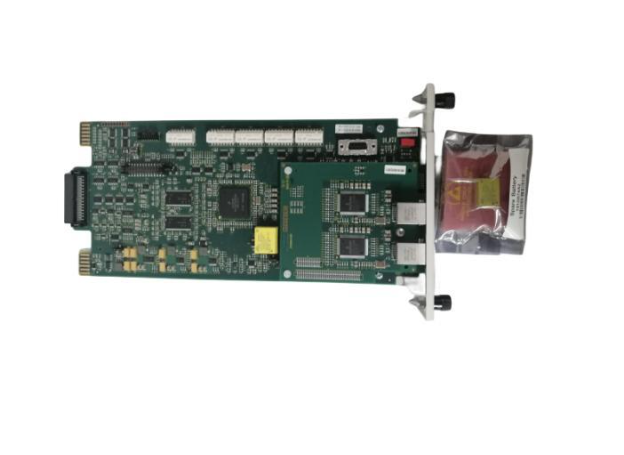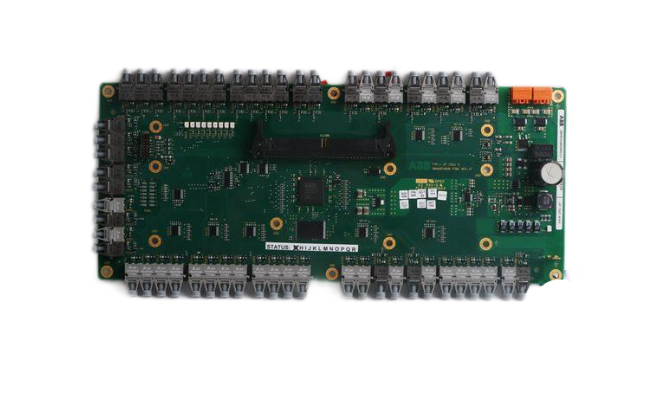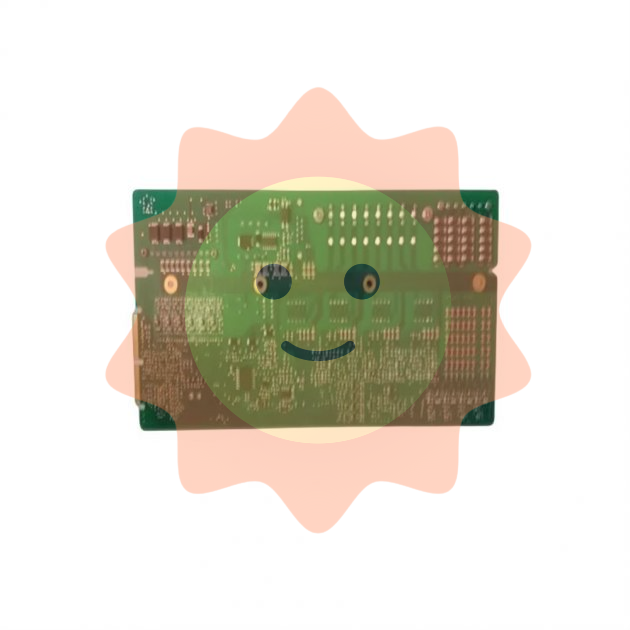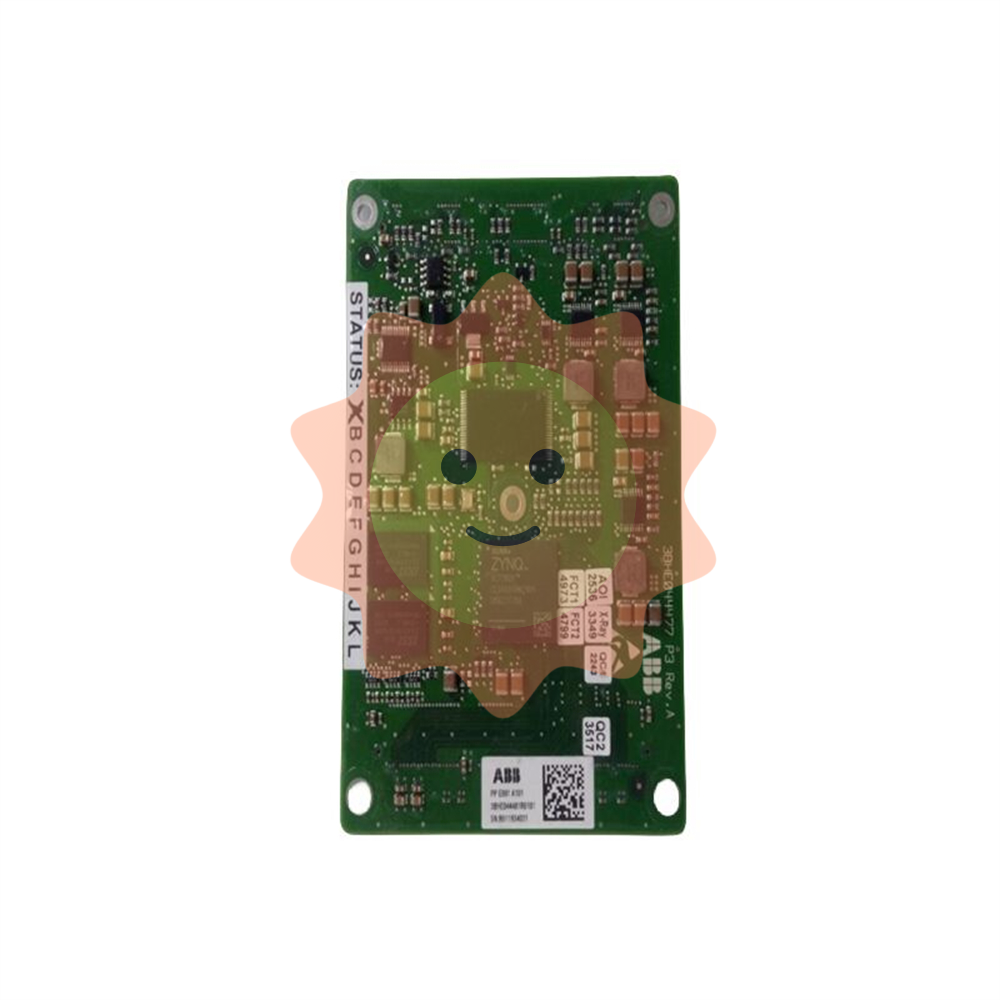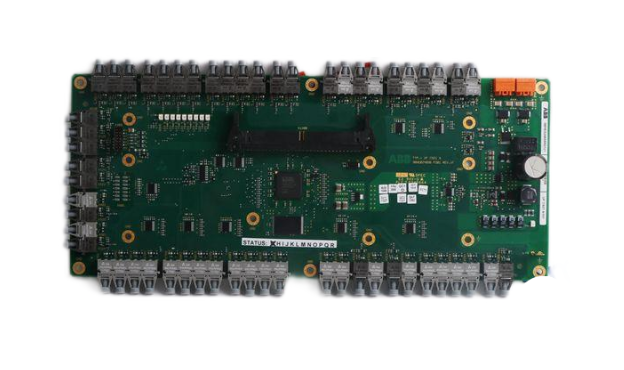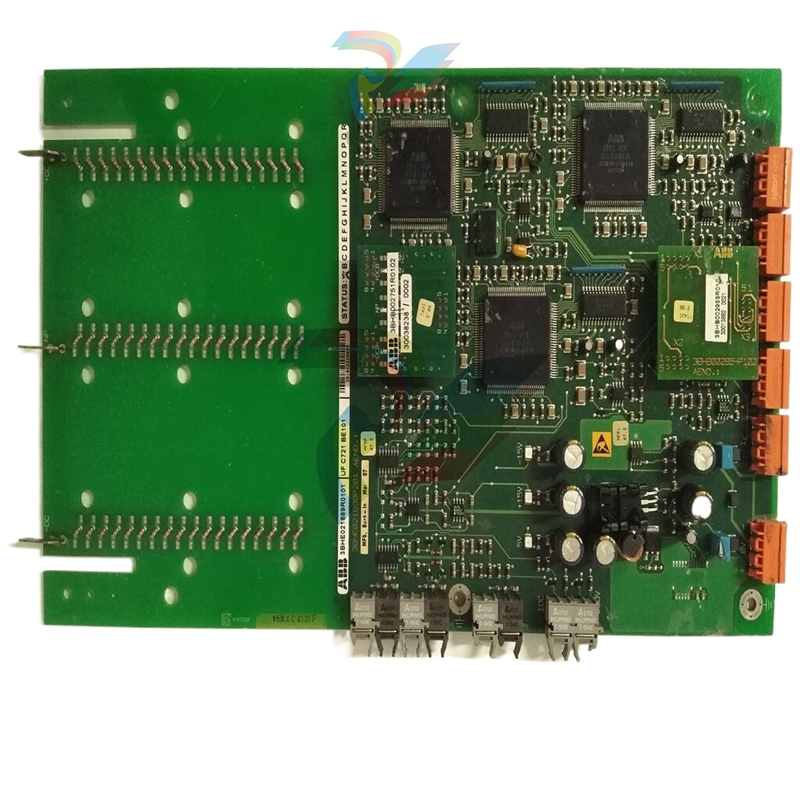Printing industry, how to achieve intelligent production and intelligent factory of Industry 4.0?
At present, the intelligent development of China's printing industry is in the key and basic stage of technical assembly, exploration and implementation, management adaptation, and step by step improvement. Due to the powerful function of intelligence in solving the problem of market factor supply, in some qualified enterprises, it is showing a strong trend of accelerating promotion. With the development of a new generation of information technology, the intelligent upgrading of the printing industry will enter a new stage and a new level, and continue to promote the continuous burst of production methods, management models and business operation innovation capabilities. According to incomplete statistics, there are more than 100,000 printing enterprises of all kinds in China, with more than 3 million employees, and the total output value of printing exceeds 1.1 trillion yuan. Although the public began to get more information from mobile phones, thanks to the promotion of national reading and the improvement of national reading rate, the total output value and total assets of the national printing have shown an upward trend. According to reports, China's annual output value of 50 million or less printing enterprises about 101,000, the output value accounted for 46% of the total output value of the industry. The other 54% of the output value is occupied by more than 3,000 printing enterprises with an annual output value of more than 50 million yuan. From the data point of view, the backbone enterprises have a greater impact on the industry, and small and medium-sized printing enterprises are facing a market environment of opportunities and crises. However, China's printing industry has so far only achieved a quantitative breakthrough, but not a qualitative breakthrough. In terms of basic technology, there is a big gap compared with developed countries such as Germany. However, there is not much gap between China and the international advanced level in Internet technology and IT technology, which provides opportunities and basic guarantees for the Internet reengineering of the printing industry and the use of big data technology to break through Industry 4.0. Second, the printing industry faces many "pain points". First, the market structure changes. Electronic reading and electronic publishing have brought a huge impact on the printing industry, the printing cycle is getting shorter and shorter, small batch, multi-variety, personalized products are increasing, and printing profits are declining. Second, labor costs remain high.
Wages rise year after year, employees decline year by year, there is still a "difficult", "labor shortage" situation, not only printing machine, even ordinary workers are more and more difficult to "recruit" and more and more difficult to "stay". Third, the production process is complex, high-end machines and low-end manual coexist. There are many links in the printing and packaging process, many manual operations, and the coexistence of advanced equipment and manual low-end equipment, resulting in low equipment utilization, low production efficiency and insufficient capacity utilization. Many printing plants have to rely on a large number of temporary workers to solve production needs in the busy season, and there are many hidden dangers in personnel management and product quality. Fourth, enterprises are still dominated by traditional extensive management. The informatization level of most enterprises is low. The management links are many, the process is cumbersome, and the efficiency is not high. "Made in China 2025" has clarified the future development direction of China's manufacturing industry, and the printing industry, as a branch of the manufacturing industry, is also seeking a road to transformation and upgrading. How to improve the situation of large but not strong, low efficiency, low management level, and not much money is a problem that the entire printing industry is thinking about. The traditional printing process is divided into pre-press, printing, folding, stacking, binding and logistics six links, these links like islands, independent, the middle needs a lot of manual operation, a lot of loss between links, multiple transfers and connections to bring huge labor intensity and other problems are becoming increasingly prominent, It has become the main bottleneck for the printing industry to improve quality and efficiency. Through the digital and intelligent printing smart factory, these links are connected together, which will realize the digital and intelligent control of equipment, the automation and unmanned operation of transport and logistics, the information and real-time interaction of production management, so as to improve quality and efficiency, reduce loss and labor intensity, reduce the number of personnel, and reduce costs. Intelligent printing factory is not a single upgrade of some equipment and some technology, but a comprehensive upgrade of the whole system, which is a fundamental change in the deep integration and integration of information technology and manufacturing industry.
- EMERSON
- Honeywell
- CTI
- Rolls-Royce
- General Electric
- Woodward
- Yaskawa
- xYCOM
- Motorola
- Siemens
- Rockwell
- ABB
- B&R
- HIMA
- Construction site
- electricity
- Automobile market
- PLC
- DCS
- Motor drivers
- VSD
- Implications
- cement
- CO2
- CEM
- methane
- Artificial intelligence
- Titanic
- Solar energy
- Hydrogen fuel cell
- Hydrogen and fuel cells
- Hydrogen and oxygen fuel cells
- tyre
- Chemical fiber
- dynamo
- corpuscle
- Pulp and paper
- printing
- fossil
- FANUC
- Food and beverage
- Life science
- Sewage treatment
- Personal care
- electricity
- boats
- infrastructure
- Automobile industry
- metallurgy
- Nuclear power generation
- Geothermal power generation
- Water and wastewater
- Infrastructure construction
- Mine hazard
- steel
- papermaking
- Natural gas industry
- Infrastructure construction
- Power and energy
- Rubber and plastic
- Renewable energy
- pharmacy
- mining
- Plastic industry
- Schneider
- Kongsberg
- NI
- Wind energy
- International petroleum
- International new energy network
- gas
- WATLOW
- ProSoft
- SEW
- wind
- ADVANCED
- Reliance
- YOKOGAWA
- TRICONEX
- FOXBORO
- METSO
- MAN
- Advantest
- ADVANCED
- ALSTOM
- Control Wave
- AB
- AMAT
- STUDER
- KONGSBERG
- MOTOROLA
- DANAHER MOTION
- Bently
- Galil
- EATON
- MOLEX
- Triconex
- DEIF
- B&W
- ZYGO
- Aerotech
- DANFOSS
- KOLLMORGEN
- Beijer
- Endress+Hauser
- MOOG
- KB
- Moxa
- Rexroth


Email:wang@kongjiangauto.com

























































































